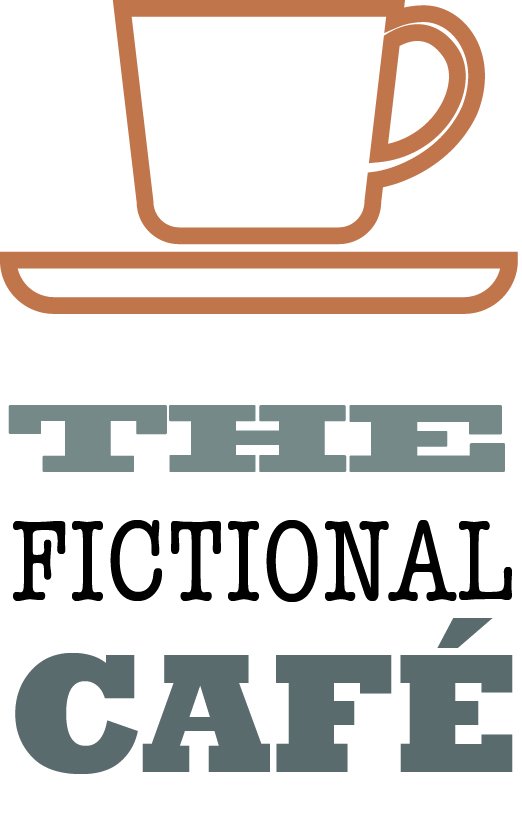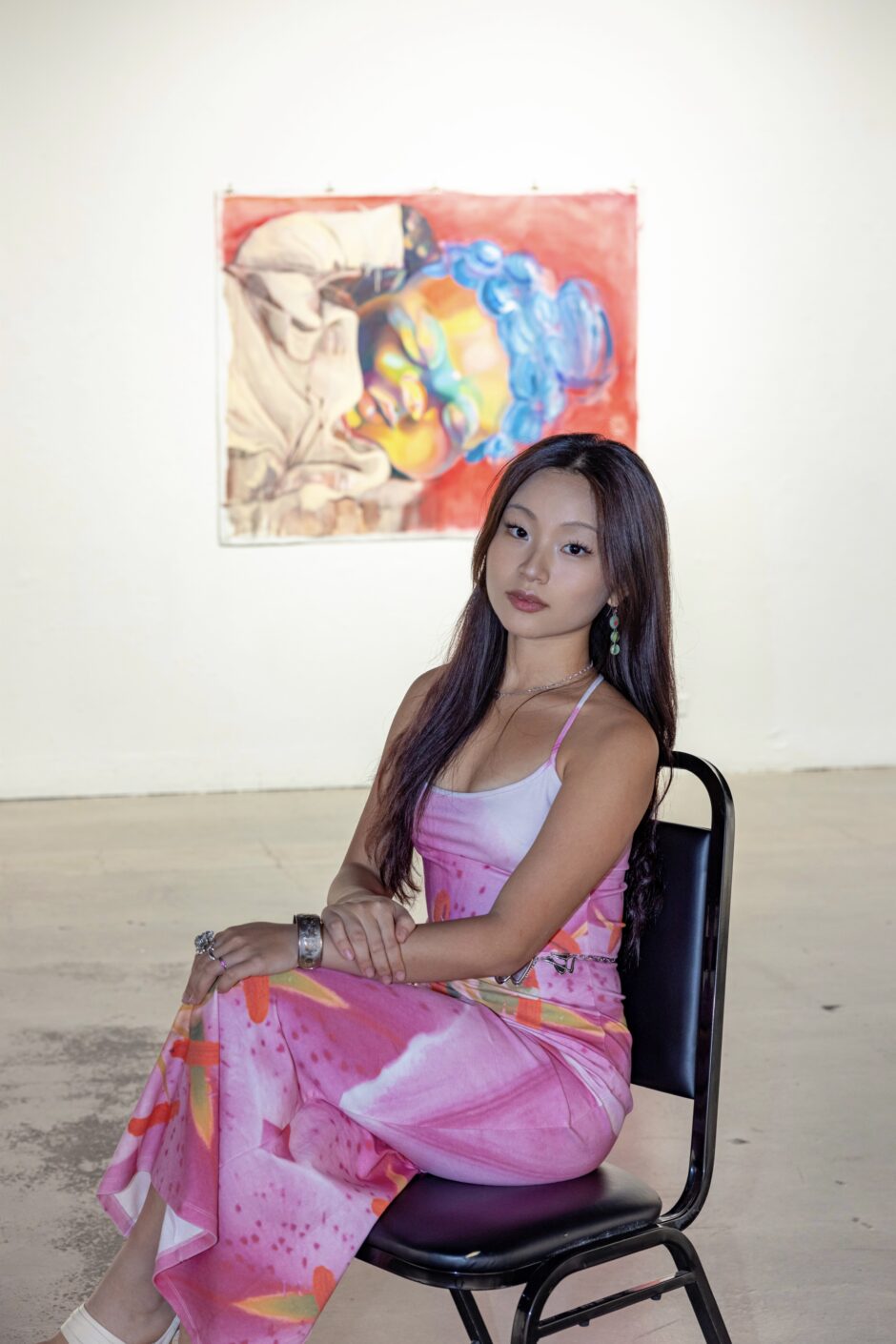*Curated by Fine Arts Barista, Yucen Yao*
We have another set of art pieces this week, this time featuring QQ Yi. It is clear that QQ is a talented artist in many of its mediums: from painting, to writing, and music as well. I hope she shares her work with us again in the future as she continues to grow as a person and an artist.
Artist Statement: I enjoy smearing words on your face, just like spreading paint on a canvas.
What is medium, truly? It is the essence of mountains, kiwis, books, melodies, winds, birds, dried fragments of skin, dumplings, Sichuan peppercorns, the passing of three birthdays, nocturnal pathways, the inexplicable affection for another, stones, Pat Martino’s guitar riffs, chairs, a light bulb cradled in a pillowcase, the hummingbird outside my window, the crystallization of time in a gaze, the sea breeze, the wind the wind the wind, and the hue of blue that resides within you. It is the very words flowing from my fingertips, the essence of these thoughts, the percussion of black letters on white paper, and the language itself, chewed and regurgitated, much like grains of rice on my palette.
It is heartache. Heartache, I thought its layers would cascade from my toes to the strands of my hair, your fingers so long that you could count each segment of pain without the need to bend. Yet, as time passed, I came to realize it was all but a singular sensation. There I was, mouth agape, painting, watching a canvas swirl into laziness, every eyebrow of mine in a tumult, eager to wage war upon itself. A murky gaze stared at me, surely seeing the vile words I hurled at my mother days ago. The guilt was difficult to bear. I saw my mother in the painting, yet she’s not there. She existed in every mire, in all the unresolved, ripen browns. Suddenly, Dad called out, uttering words of a rose-hued splendor. As I returned to the present, I found myself scrambling for words to respond, but silence overtook me. You know, heartache is like the heart slowly pulling out threads, curling up the throat, threads crawling out from the mouth. Your eyes won’t cry, but the skin will surely weep. It finally pierced through, my utterance, a simple “hmm,” awakened my entire heart with its vibration, every pore alert, my body felt painfully alive. I love my mother deeply, and I’m regretting the harsh words that should never have been spoken. You sure know I love you. My pain is like egg whites, the oil avoiding it, and water hiding within the brush’s bristles.
Today, I accompanied my grandmother at the nursing home as she performed her modified version of the “Eight Section Brocade.” Complaining of eye pain, she, leaning on her cane, fetched a stack of old newspapers from her room, filled with articles on health studies. She instructed me to follow the exercises described therein to alleviate my discomfort. She offered me ten thousand yuan.
Listening to Tsai Chin’s songs brought back memories of my grandmother. I pictured her by the window of the nursing home, turning towards me with the support of the handrail. Her hair was jet black, and her brittle bangs were distinctly parted. It was her smile that captivated me most vividly—alive and radiant like a wheat field brimming with grains under the calm afternoon sun, casting a golden glow. The roughness of that smile sketched out all the softness and warmth of her shy, sweet laughter. In her demeanor, I could still see her resilience and strength.
Thinking of her is to think of my culture, a family saga, memories of Shanghai, and a narrative of the past, verses of bygone days gently recited. It is the recollection of years she carried on her shoulders, now smooth and mellow from the wash of time, carrying a mixture of sweetness, richness, and a mischievous vigor, yet profound and dignified. It is about roots, home, and sheer happiness. Her presence, whether she spoke or not, was so alive; she felt so close, yet physically, we were worlds apart.
This existence made my heart ache with the desire to see her again, to embrace her, then step back to closely observe the moisture, wisdom, and brightness in her eyes. My grandmother is beautiful. Her features are comforting and unforgettable. This longing for her truly brings me peace and fulfillment, reinforcing my resolve in what I am doing, yet it also fills me with a tinge of fear.
Its skeleton has been thoroughly scrutinized, as if I am dissecting life itself.
Sometimes, when I think about it, I realize I don’t really know how to paint or play the piano. I don’t play the piano; instead, I become the mouthpiece for Yamaha U3A 4717798, channeling YAMAHA U3A 4717798’s voice. It turns out, I’m not playing; I’m touching it, performing actions that are natural, instinctive, and spontaneous. We share a certain degree of intimacy—I am it, and it is me. When I supposedly play, my focus is on listening attentively to the inherent sounds of the piano, the rustling noise when my fingertips brush against the keys, the resonance of its body, whether the strings thud dully or twang sharply. I shouldn’t be “playing” the piano; I should become one with it. This realization came to me the first time I dismantled it piece by piece to clean it by hand.
Similarly with painting, after much thinking, what I do might not even be called painting. I am merely exploring the properties of that paint, mixing and layering them, observing their interactions—that’s all. Like with the piano, I am more about touching the paint, feeling it, becoming part of it. The instrument resonates on its own, and the paint merges, solidifying, flowing, and converging on its own.
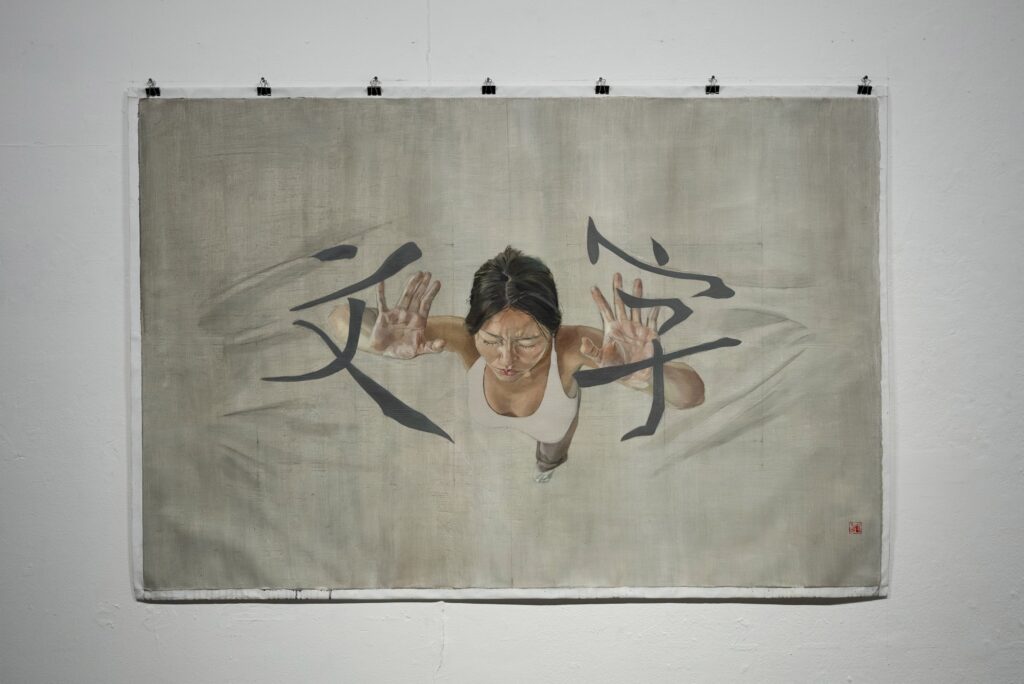
- 文字
Painting, Oil on Canvas
120 x 180 cm
2024
This is the last painting I made this summer in Shanghai. Many of my thoughts are stuck in my throat, beyond any form of expression, transforming into a physical and internal force. I only know that I wanted to break through the chaos, complexity, obscurity, and unease within me. These emotions are beyond words, inexplicable. Yet, I habitually want to retreat into the shelter and familiarity of language, as I always have. However, there’s a slight contradiction within me, a desire to break free from the limitations of language. This struggle is something I can only convey through my body and painting. So, this painting reflects my attempt to escape the grid of language, while still being tightly wrapped in its embrace. The two characters in the painting say “words.”
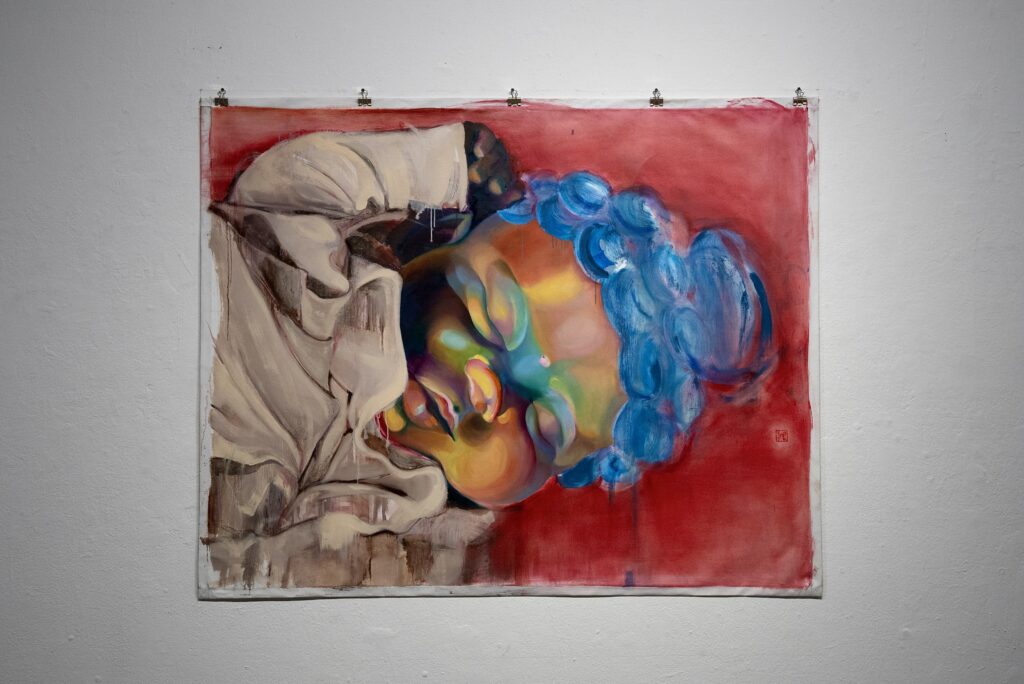
2. 佛头
Painting, Oil on Canvas
120 x 150 cm
2024
I recently bought new oil paints, which have given me a richer and more profound experience of oil painting than ever before. I’m thrilled. Thus, I became bold with my use of colors, and the result is noticeably different in tone compared to my other works. The subject is a depiction of Shakyamuni Buddha in his childhood. I’ve had a love for drawing Buddha figures since I was very young. I remember, at five years old, visiting Nepal and becoming fascinated by the local religion. Though I couldn’t yet write, I kept sketching Buddhas repeatedly in my notebook. Since then, although I have remained in awe of Buddha, I had not continued drawing Buddha images—until now. This year, I wanted to paint a Buddha head to reconnect with that feeling I was so enamored with as a child, but I aimed to do it in a more contemporary style—a vibrant, imaginative Buddha. I couldn’t quite capture its color while in Shanghai, but I finished it in California, which might have something to do with the environment. I have always believed that one must have Buddha in their heart to paint a good Buddha.

3. 盆栽
Painting, Oil and Oil Pastel on Canvas
90 x 150 cm
2024
I wanted to paint a bonsai like Wu Yiming. This is the first piece of my larger-scale paintings. I painted the bonsai from my home. I’ve always felt it is unfinished, but when I hung it up in my studio and stared at it, it felt just right.
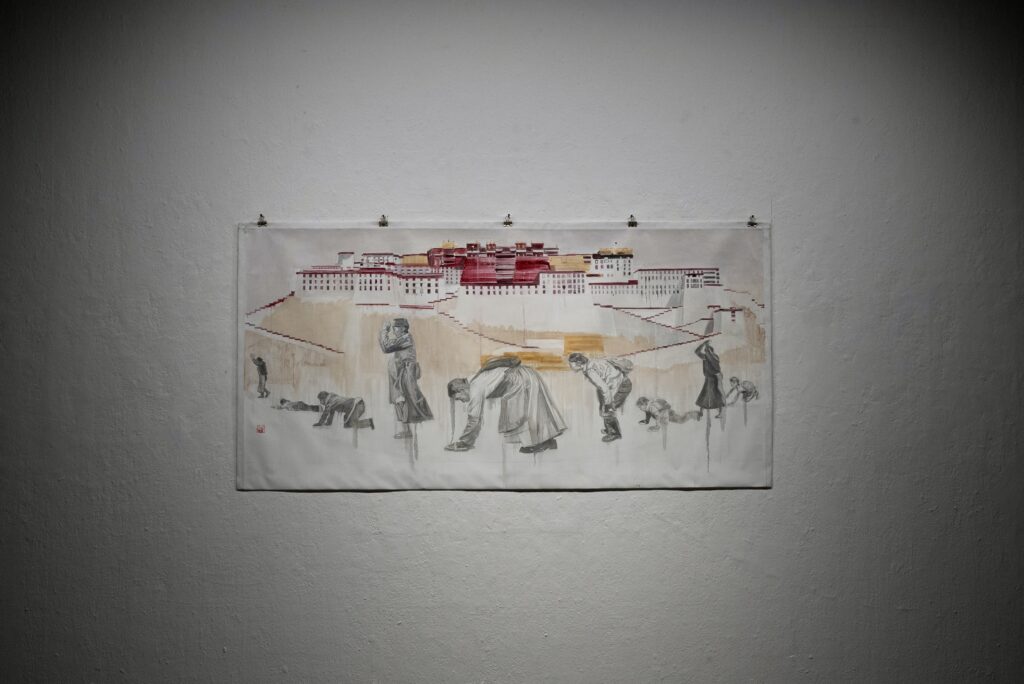
4. 朝拜图
Painting, Oil on Canvas
100 x 200 cm
2024
This summer, I visited a place I’ve longed to see—Tibet. I was deeply moved by the culture of pilgrimage there, by the unwavering dedication of the believers to their faith, so pure and resilient. Along the way, I saw many people standing, then kneeling, and finally prostrating themselves flat on the ground. Despite the difficulty of these movements, they perform them day after day until they reach their destination. Tibet really left a strong impact on me, and I must create works inspired by it to honor this spirit.
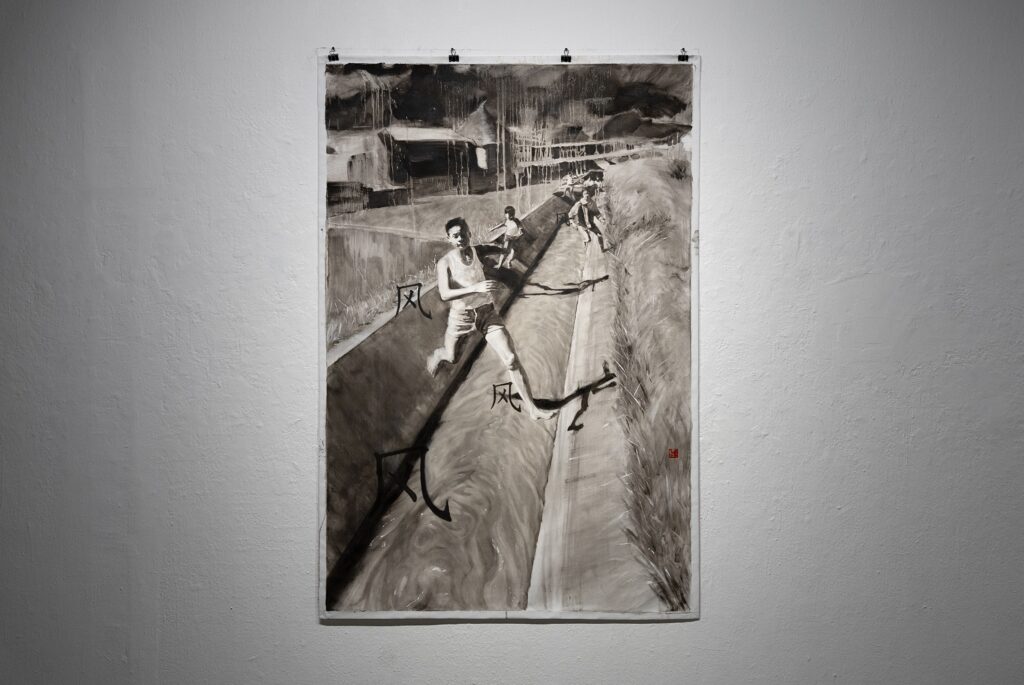
5. 风
Painting, Oil on Canvas
120 x 180 cm
2024
Once in the library, I came across a photography book with a picture that evoked a nostalgic, childlike charm that I loved. It became my reference. Later, I added a few Chinese characters to the piece. The characters read “the wind” because I realized I could not entirely capture the ontological essence of the wind in a still, visual way, and so I included it in the form of words. In my poetry, I also often write about the wind, repeating the phrase “the wind, the wind, the wind,” and I wanted to bring this repetition into my painting, turning it into a visual poem.
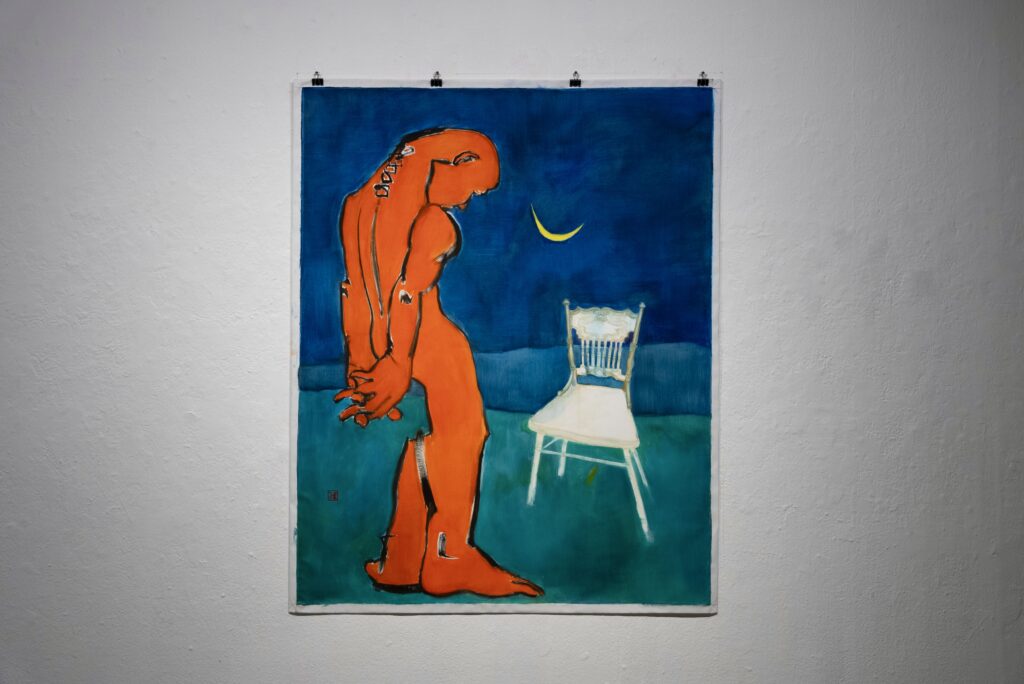
6. Why Have You Stopped Here?
Painting, Oil on Canvas
120 x 150 cm
2024 I have a deep admiration for Henri Matisse, and this painting features a palette similar to his. I’ve always liked the element of chairs and the human body, and I spent many days designing the figure’s pose. The chair depicted is from my home. I wanted this painting to be simple yet full of struggle. The process felt liberating, like a release of personal emotions. I appreciate the conflicted expression of the figure, a stance that is hesitant, shy, and tentative.
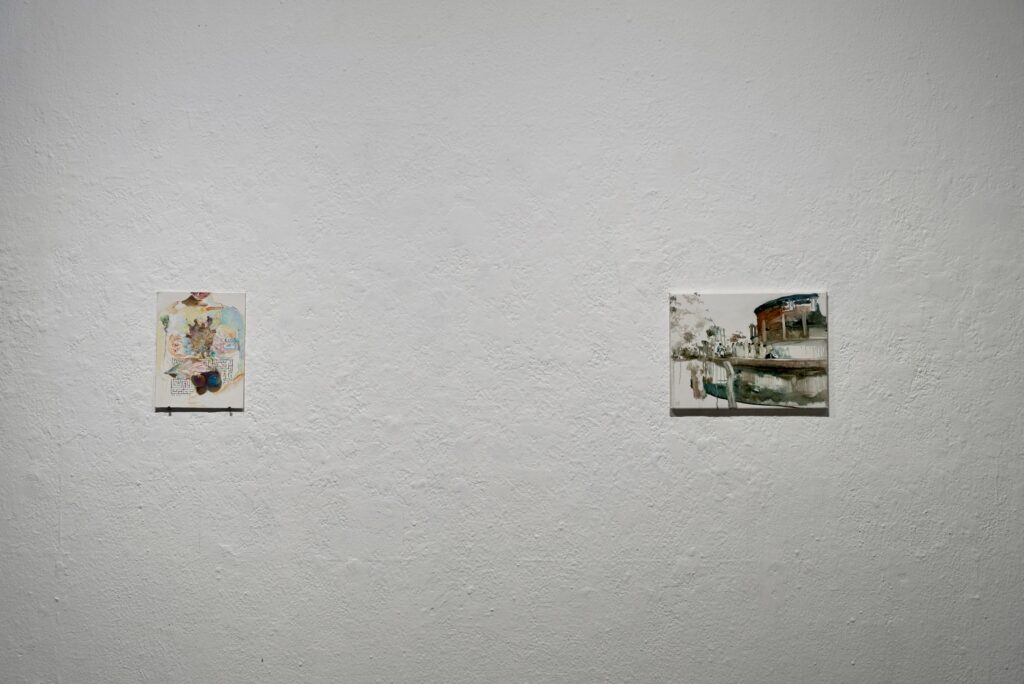
7. Self-Portrait (left)
Painting, Oil, Oil Pastel, Markers, Color Pencils, Ballpoint Pen on Canvas Panel
2022
This is a self-portrait I painted when I had COVID, standing in front of a mirror. My stomach felt like a twisting maze. At the time, my color choices were still light, airy, and bright, showing a noticeable difference from my style two years later.
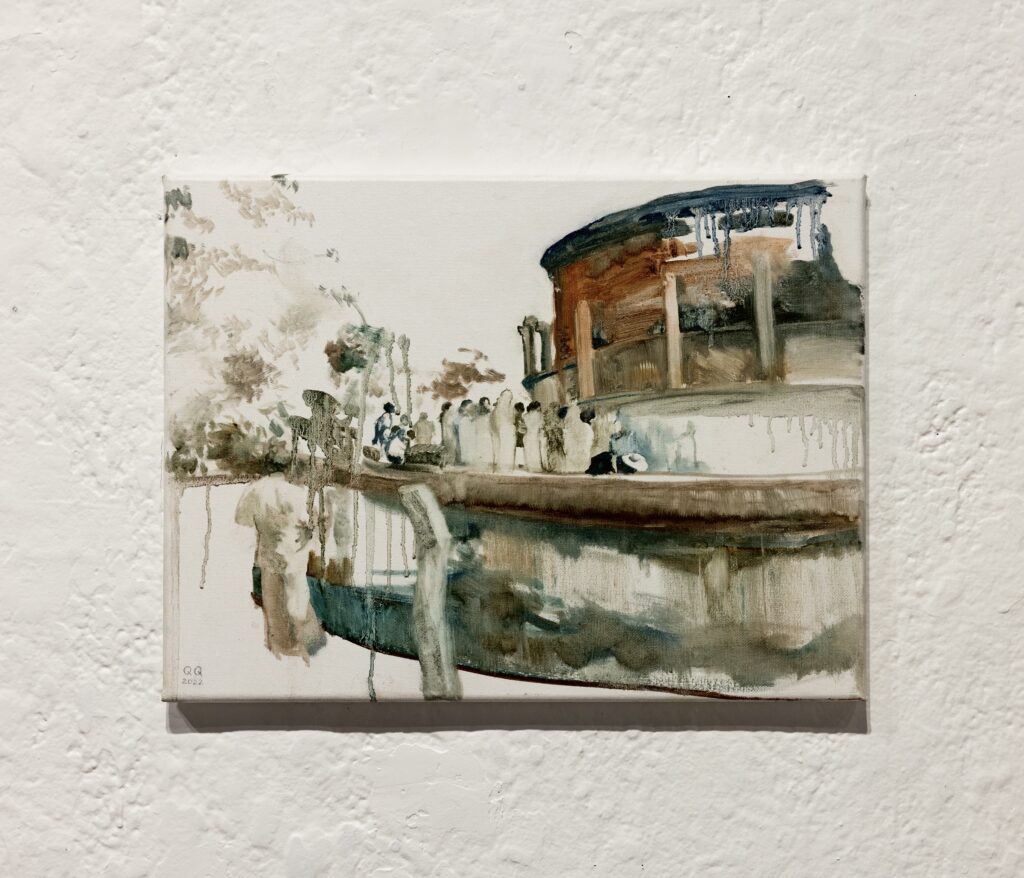
8. Synagogue
Painting, Oil on Canvas
2022
This is a synagogue in Sri Lanka.
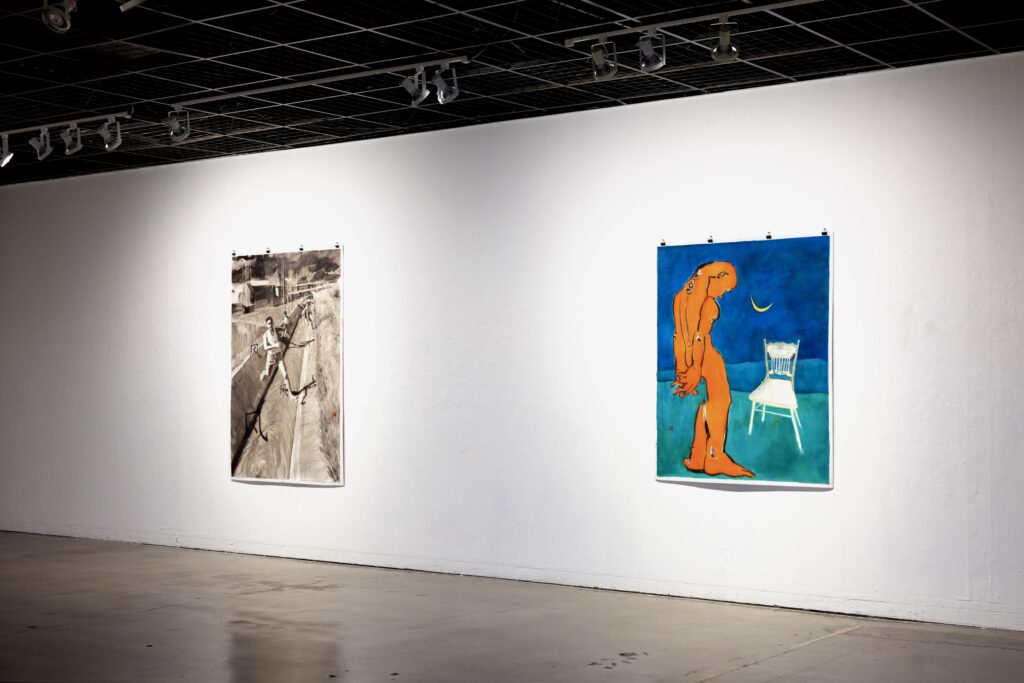
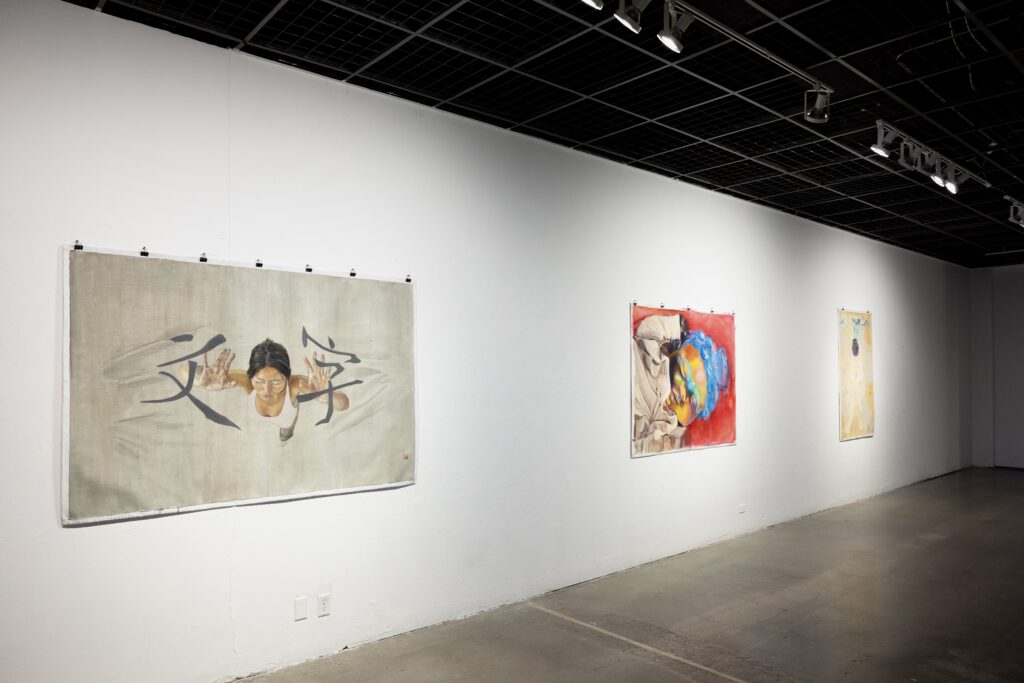
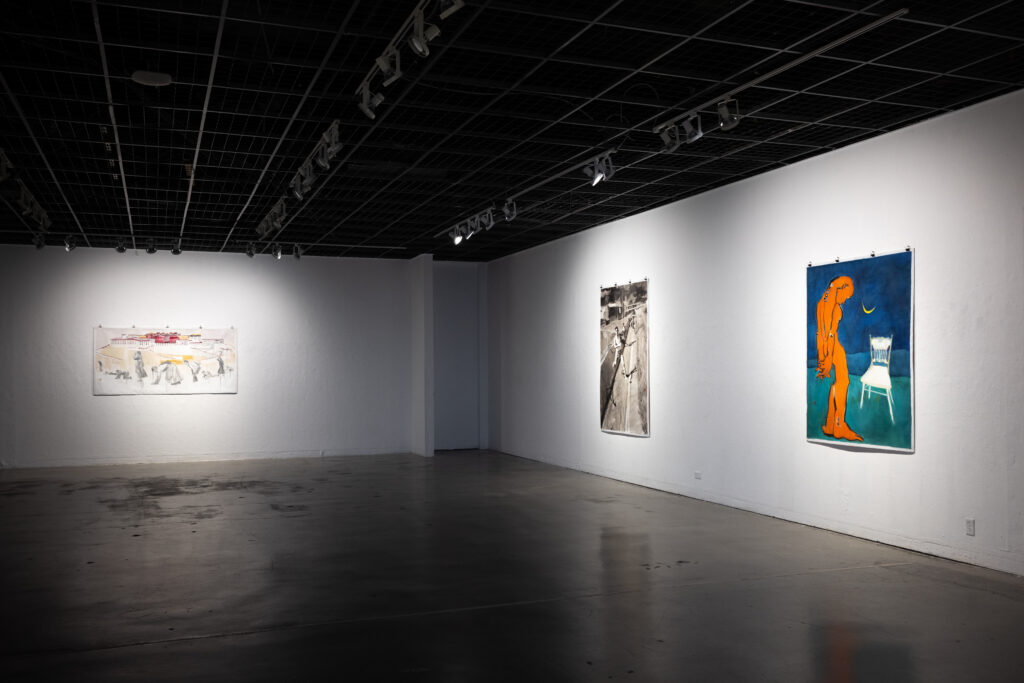
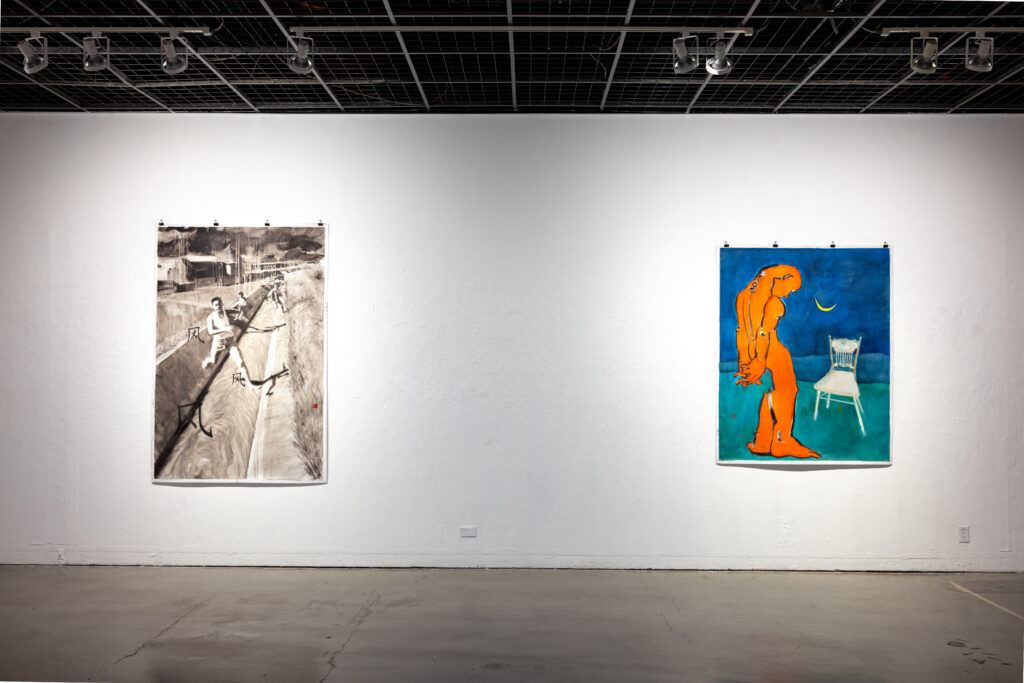
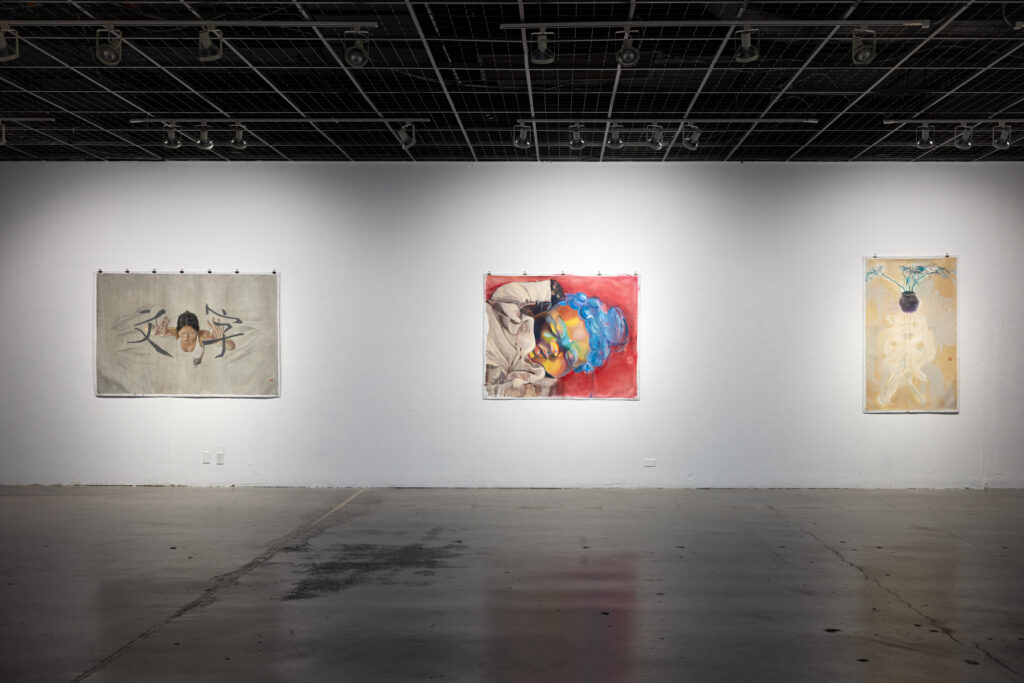
Theme:
There is no thematic connection between these paintings. They capture spontaneous, emotional, and in-the-moment feelings. Together, they resemble a fragmented prose, like my diary, or even a poem.
Personal Language:
I love using drips to showcase the natural qualities of oil paint. My paintings reflect a sincere and pure heart. There’s no pretense; I’m simply painting from a place of honesty.
Cultural Features:
Some of my oil paintings resemble ink wash paintings, and some incorporate calligraphy, though I have never formally studied these disciplines or been deeply influenced by them. For those who don’t understand Chinese, these can be seen as semiotics—visual signs and symbols. I use Western materials to convey an Eastern, Chinese consciousness and philosophy, which is my root. In terms of technique, I also experiment with the diverse nature of oil painting; some works lean toward the Western style, while others are more Eastern.
My Mid-Res Show’s Title: Why Have You Stopped Here:
I visited the Karma Museum and saw a painting by Andrew Cranston titled “Why Have You Stopped Here?” I loved that title! I’ve always wanted to ask myself why I came to California. Sometimes, I feel out of place here, like I’m trapped. I also question why I stopped pursuing the things I love, why my illness held me back, why I stopped painting. Many of my paintings also depict moments of “stopping,” like the orange figure in the painting, standing there awkwardly, too hesitant to move forward, as if frozen.
Final Artist Statement:
I don’t have much more to explain about my paintings, after all, language and painting are two different things. I simply wanted to construct my words like a painting, to give you a sense of what these works are trying to communicate.
Seal:
This is a seal made by a master I’ve never met, engraved with my Chinese name. I just wanted to celebrate his creativity. I think it’s a great way to sign my work and adds a sense of cultural fusion.
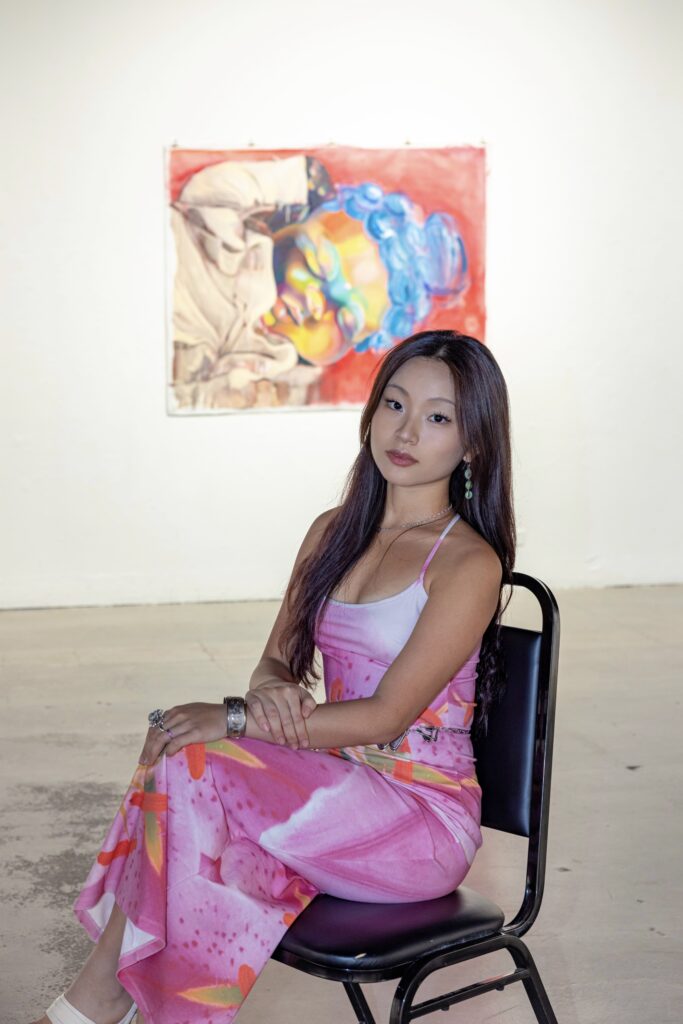
QQ—such a simple yet playful name. She says it’s short and easy to remember, making it convenient for her elderly grandparents to recall. From a young age, she would sit at home with her father, who loved collecting vinyl records and CDs, listening to Bach, Shostakovich, Rachmaninoff, and others. This instilled in her endless creativity and the drive to pursue art—a realm that is divine, passionate, reverential, and pure. She also adores musicals, time and again moved by the vitality and expression of the performers on stage. Before she could even write her own name, QQ eagerly picked up a paintbrush, bringing her vivid imagination to life on paper. She drew Christine and the Phantom from the musicals she loved, depicted Tang Dynasty figures from her grandparents’ favorite dramas, and sketched the lovely animals from the bedtime stories her mother told her. At the age of four, she began dancing, playing the piano, and singing. She always says that the piano, her best birthday gift at four years old, has accompanied her throughout her life.
QQ also has a deep love for words, enjoying the process of expressing her thoughts and emotions through writing. Language, for her, is as enchanting and irreplaceable as painting and music. The fusion of music, movement, art, and writing has become her personal language. She believes that her creations reflect a pure and sincere heart. Along this journey, she has encountered incredible mentors who helped her become the youngest member of the “Bie-Modernism” association. In 2017, she donated two of her artworks to Georgia Southwestern State University and Wesleyan College. During high school, she volunteered as a piano accompanist, tutored various subjects, and created cards for the elderly in nursing homes.
Later, QQ’s Chinese medicine doctor told her, “The one who paints is the same as the one who tills the field; it’s all about being grounded.” From that moment on, QQ poured herself into life, constantly walking, constantly drawing inspiration from nature. She climbed mountains, as if she could read the stories etched into their landscapes. She completed a ten-day Vipassana meditation retreat—these were simple yet invaluable experiences in her life. Today, she studies at the California Institute of the Arts, now in her third year, majoring in Fine Arts. She’s explored acting, improvisation, performance art, and installation art, all of which have enriched her artistic practice. In early October, she successfully held her Mid-Res solo exhibition at school. This 19-year-old soul will continue to strive forward, remaining ever-curious, vibrant, and courageous.
